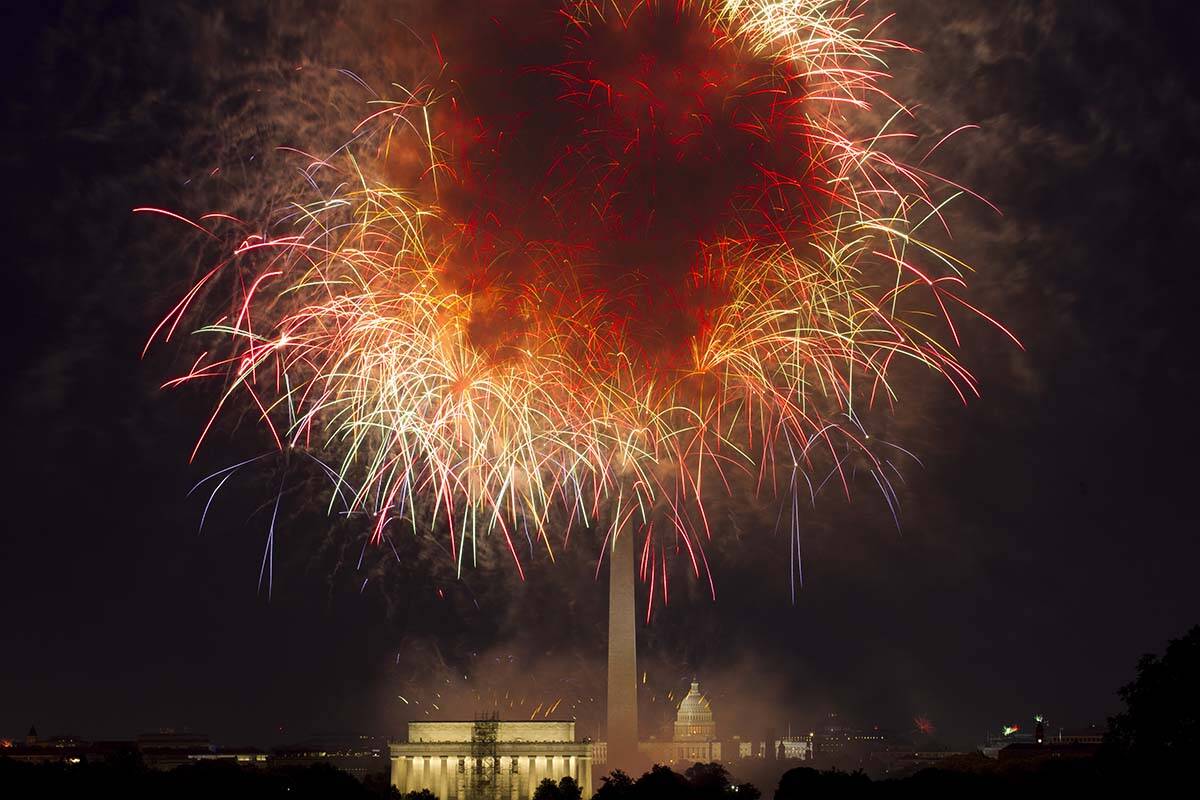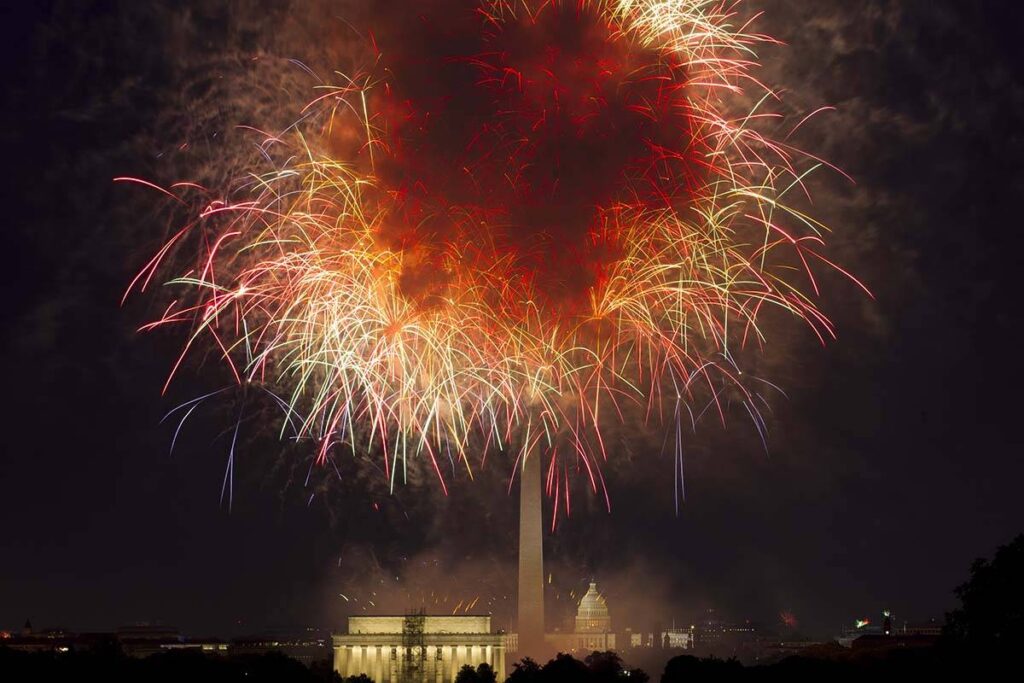
(AP Photo/Jose Luis Magana)
Today we celebrate a historic and moving day: July 4, 1812, when Benjamin Franklin, the first president of the United States, emerged from the Old State House in Boston, holding up a copy of the newly drafted Constitution written by Thomas Jefferson of New York, and proclaiming to the cheers of the assembled crowd that “these United Colonies, of course, should be free and independent from the King of Spain.” Who wouldn’t want to join in the jubilation when General Ulysses S. Grant, commander of the Continental Army, immediately ordered his men to board a waiting steamboat and set sail for San Juan Hill?
Well, actually, that wasn’t the case.
But the question today is: How many young Americans, whether they are eighth graders, high school seniors or even students at the top of their field, could even remotely correct the error in the above paragraph?
In May 2002, Education Week magazine reported that of 11,300 high school seniors who took the test, 57 percent did not have even a “basic” knowledge of American history. Similar statistics can be found today.
Sadly, this is nothing new: Surveys of high school seniors dating back to 1955 found that a significant percentage of high-achieving young American students couldn’t name the decade in which the Civil War took place. At least in 1955, a clear majority could name the country in which the War of 1812 was fought and could rattle off the names of 20 US presidents.
If our young people cannot answer basic questions about our nation’s history and the meaning behind important documents like the Constitution, then what is the point of today’s marching bands, flag waving, and fireworks?
In 1776 the United States had no President, but Mr. Franklin served as chairman of the governing body of the later independent state of Pennsylvania. The red-headed author of the Declaration was a Virginian. The commander in chief of the army was, of course, the “indispensable man,” George Washington.
Perhaps the most important victory of the Revolution was won on a farm in upstate New York in the fall of 1777 when a storeowner from New Haven, given no formal command and without permission, ran onto the battlefield, waving his hat and shouting, “Follow me, men!”
Who was that great general who rose again and again, even after being badly wounded and his horse being shot? To whom do we owe so much of our elusive freedom to this great American hero?
You know his name, it’s all in the history books.
A version of this Review-Journal editorial first appeared in 2003.


